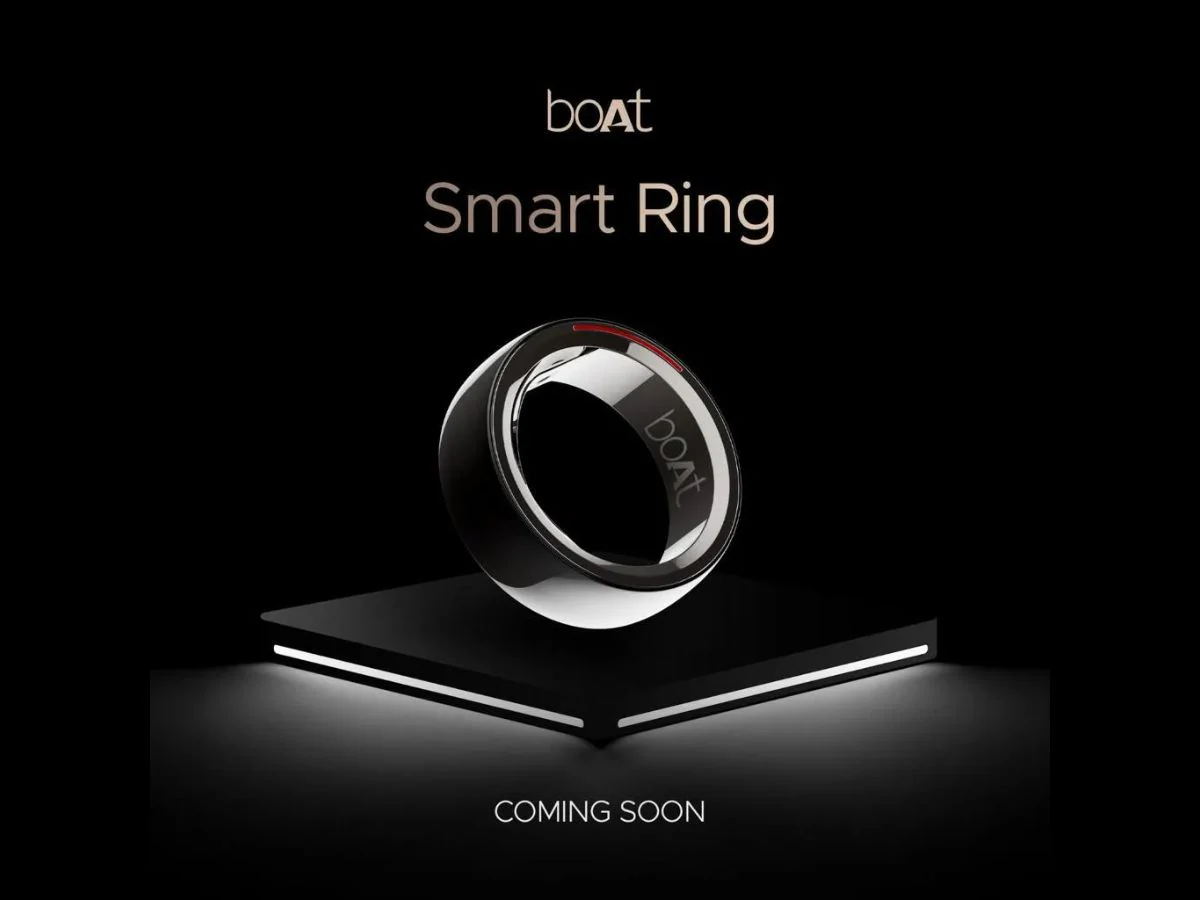The field of medicine is developing quickly, and it’s probable that 2023 will see additional advancements in medical technology for the benefit of patients. One of the current trends in the medical industry is the utilization of new technologies and solutions to meet the demands for clinical diagnosis, treatment, and illness management. The global COVID-19 pandemic encouraged the creation of innovative technology for patient management, disease prevention, treatment, and immunization.
E-consultations, real-time diagnostics, telemedicine, and access to digital therapies made possible by immersion technology tools are just a few of the improvements in the healthcare sector. Precision medicine is made potential by clinical data storage, genetic analysis, analytics, and big data.
Innovations that are revolutionizing the global Medical Industry
Implementing 3D printing
As medical technology advances, three-dimensional (3D) printing will continue to be utilized in healthcare in 2023 to create models, medical gadgets, specially made implants or joints, prostheses, skin cells for burn sufferers, and artificial organs.
The method is being applied to the production of custom prosthetics, replacement joints, and dental implants. There is also ongoing research into the production of skin tissue, organs, and even drugs using 3D printers.
Wearable devices
Although they are not new, wearable technology will evolve more dominant in 2023. They will also be equipped with increasingly sophisticated technology, like CPUs that provide in-device analytics. This implies that data collection, analysis, and feedback will no longer require sending data to the cloud. Instead, users will receive quicker outputs to safeguard them from potentially fatal situations in real-time.
The pain-relieving wearable created by startup business Gate Science is one such innovative medical product that is about to hit the market. Relay is a well-titled device that offers patients and medical professionals an alternative to narcotic painkillers after surgery.

CRISPR gene editing
Gene-editing technology using Clustered Regularly Interspaced Short Palindromic Repeats (CRISPR) has the prospect to revolutionize the treatment of diseases. In a few years, it might contribute to important advancements against fatal illnesses like cancer and HIV.
Minimally invasive devices
The development of novel minimally invasive devices will address the issue of invasive surgery, reducing infection risks, noticeable scarring, and protracted healing times. With procedures like endoscopies and laparoscopies, smaller incisions will be possible thanks to more discrete instruments. These gadgets will simultaneously progress to incorporate tiny sensors that give doctors input; haptic vibrations are one such example.
Robotics
Surgical robots may help to enhance patient outcomes, lessen human error, and shorten hospital stays, offering a solution to healthcare providers that are experiencing a staffing shortage.
Smart bandages
US researchers have created a bandage that incorporates sensors to track the healing of wounds. According to the Stanford University team who developed it, it “promotes faster healing of wounds, boosts fresh blood supply to wounded tissue, and enhances skin recovery by considerably lowering scar formation.”
Temperature sensors that keep an eye on a wound are built into a thin electrical layer on the bandage. They can initiate further electrical stimulation if necessary to quicken tissue closure.
Improving Telehealth Services
The use of technology to deliver healthcare remotely is known as telehealth. Patients who reside in rural places or those who may need continuous monitoring for chronic ailments find it very helpful. Remote patient monitoring, online doctor appointments, and virtual visits are some of the most popular telehealth activities.
Electronic medical records
Doctors can now view and easily share patient histories thanks to the advent of electronic medical records. This means that since the doctor has full access to the patient’s medical history, medications, and previous care, records are less likely to be lost and patient care is enhanced. Computerized medical records also make it possible for patients to monitor their own health information.
Closing Note:
The development of the medical industry is being aided by improvements in connection and the integration of medical devices, which increase real-time access to the equipment. The average year-over-year increase in the medical device industry was between 5% and 7% due to these innovations.




